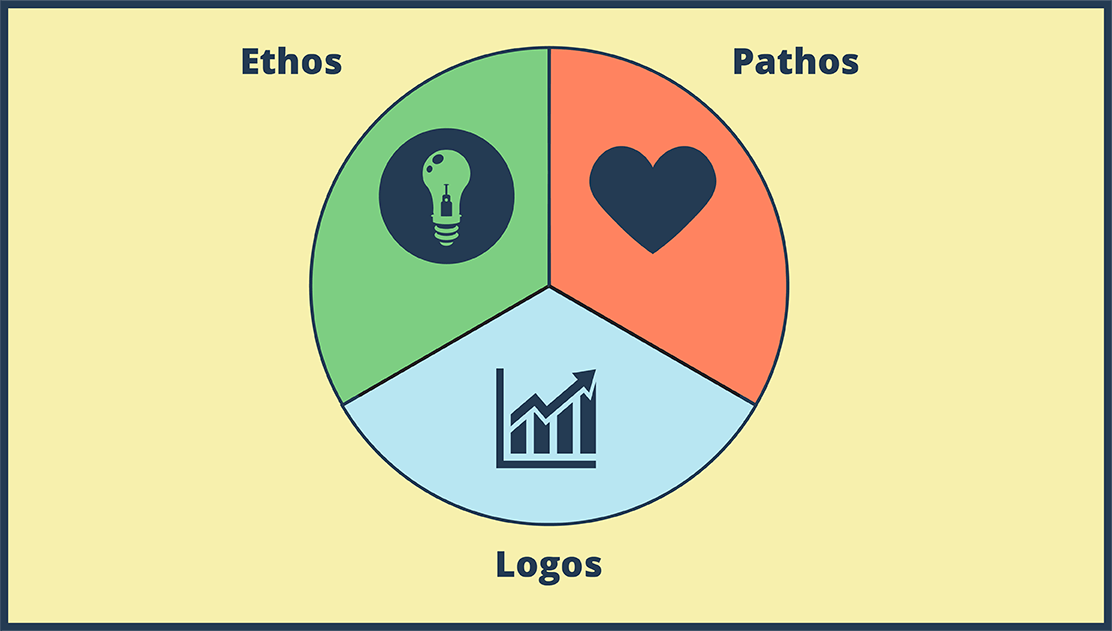Catharsis Tragic Hero

Jūs varat atrast šo montāžas šādās rakstiem un resursi:

Traģiskais Varonis
Rebekas Rejas Nodarbību Plāni
Traģiskos varoņus var redzēt televīzijā, filmās un literatūrā. Ir ļoti svarīgi definēt šo arhetipu un saprast, kā tie ietekmē sižetu. Izmantojot stāstu plānus, studenti izveido interaktīvu veidu, kā internalizēt šo koncepciju, un izveido sistēmu, lai visā literatūrā pamanītu traģiskos varoņus.
'
Apskatiet dažus citus mūsu izglītības rakstus!
Montāžas Apraksts
Catharsis Tragic Hero examples Storyboard - 3 panel explanation of catharsis | Teaching the Tragic Hero Archetype
Montāžas Teksta
- Slidkalniņš: 1
- How sad, he wasn't a bad person. What a terrible fate!
- Behold, mortal: punishment for your pride!
- NOOOOO!
- At the end of a classic tragedy, the hero has struggled in vain against supernatural powers, like fate or the gods. A mistake or flaw causes the hero to fail and suffer a terrible fate.
- Slidkalniņš: 2
- If that could happen to a person like him, it could happen to me, too!
- The audience is left with a feeling of pity for the tragic hero, and fear that the same fate could befall them personally.
- Slidkalniņš: 3
- That was a great play, the end was very moving!
- Yeah, it was intense, but I'm glad I saw it. Really makes you think.
- That's the sign of a good tragedy!
- Aristotle believed feeling this pity and fear helped to “emotionally cleanse” the audience, by letting them experience these intense emotions in a safe manner.
Izveidoti vairāk nekā 30 miljoni stāstu shēmu
Lai Izmēģinātu, nav Nepieciešama Lejupielāde, nav Kredītkartes un nav Nepieciešama Pieteikšanās!



